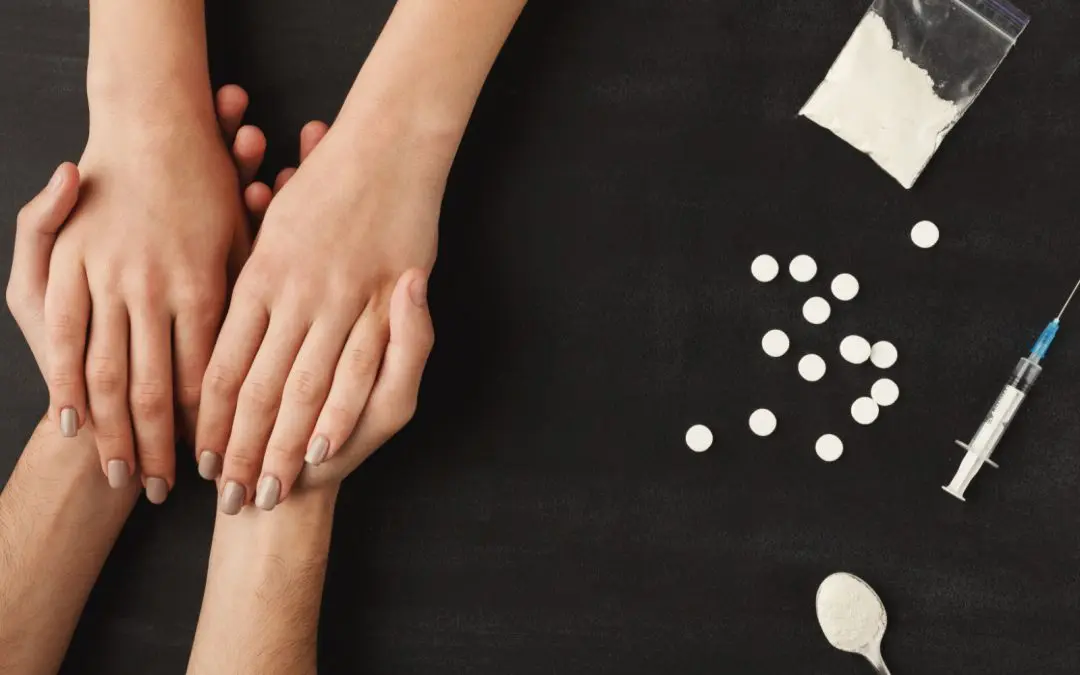represent a critical aspect of addiction treatment services in the region, designed to bridge the gap between intensive inpatient care and outpatient services. These rehab centers specifically target various forms of addiction, including drug and alcohol dependencies, behavioral addictions, and co-occurring mental health disorders. Utilizing a multidimensional approach, the treatment plans are tailored to meet the individual needs of each patient, thereby fostering an environment conducive to recovery. Through evidence-based clinical practices, personalized therapy, and continuous medical monitoring, patients engage in a structured schedule of therapeutic activities while returning home at the end of each day. The significance of the Partial Hospitalization Program rehab centers in Locust Gap lies not only in their provision of essential rehabilitation services but also in their community impact, offering robust support systems and resources that empower individuals battling addiction. The history of these centers reveals a commitment to evolving treatment methodologies, emphasizing the importance of behavioral, psychological, and physiological aspects of addiction recovery. Over the years, these centers in Locust Gap have made substantial contributions toward reducing addiction rates, promoting healthier lifestyles, and enhancing the overall well-being of individuals and families affected by substance use disorders. For anyone seeking treatment, understanding the role and impact of these Partial Hospitalization Program rehab centers in Locust Gap is crucial in making informed decisions about recovery.
Learn more about Partial Hospitalization Program centers in Locust Gap































